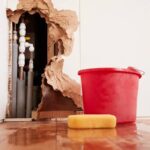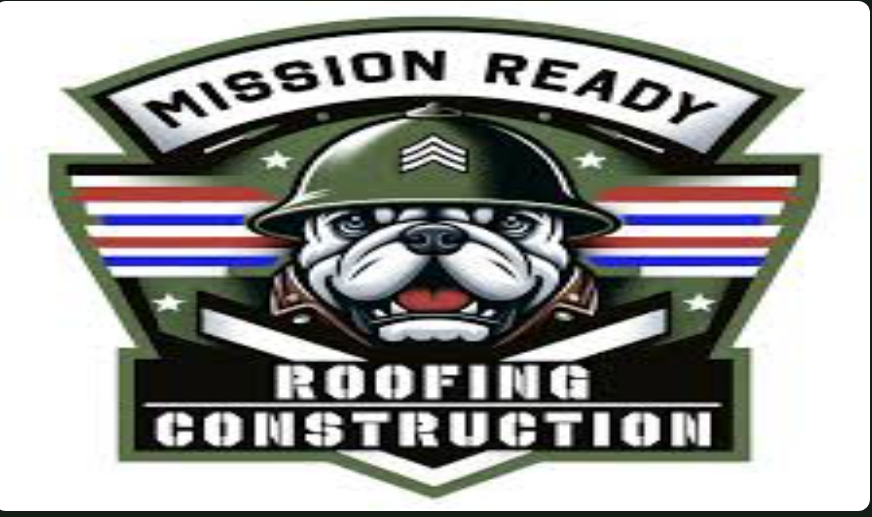Overview
A roofing inspection is a vital step for homeowners and property managers to ensure the integrity and longevity of their roof. Whether preparing for repairs, maintenance, or a full replacement, understanding how a roofing contractor conducts an inspection can help you make informed decisions. We will explore contractors’ detailed steps to evaluate a roof’s condition, identify potential problems, and recommend appropriate solutions. This knowledge empowers property owners to communicate effectively with contractors and prioritize necessary work before minor issues escalate into costly damage.
The Roofing Contractor’s Inspection Process: Key Steps to Know
- Initial Visual Examination
The first phase of any roofing inspection involves a thorough visual assessment from the ground and, if safe, from the rooftop. Contractors from Mission Ready Roofing and Construction begin by checking the general appearance of the roof, looking for obvious signs of damage such as missing, cracked, or curling shingles. They also observe the alignment and condition of gutters, downspouts, and flashing around chimneys or vents. This initial scan helps contractors form a preliminary understanding of the roof’s overall state and any urgent areas that need closer attention. Additionally, they may use binoculars or drones for a safer, more detailed look at hard-to-reach sections.
- Detailed Roof Surface Inspection
Once the visual overview is complete, the contractor will carefully climb onto the roof for an in-depth examination. At this stage, they inspect each roofing component individually, including shingles, tiles, or metal panels, depending on the material. They check for granule loss on shingles, indicating aging or wear, and note any loose or damaged pieces that may compromise the roof’s water resistance. The contractor also evaluates the flashing and seals around roof penetrations to ensure no gaps or cracks exist that could lead to leaks. This step often involves probing for soft spots or areas of sagging that might suggest underlying structural issues or water damage.
- Inspection of Roof Structure and Support
Beyond the visible surface, contractors assess the structural elements supporting the roof, such as rafters, trusses, and decking. This inspection may require entering the attic or crawlspace to look for signs of water intrusion, mold, or rot that weaken the framework. Proper ventilation is also checked to prevent moisture buildup, as poor airflow can accelerate deterioration. Identifying structural concerns early helps prevent safety hazards and can influence recommendations on whether repairs are sufficient or a complete roof replacement is necessary.
- Assessment of Drainage Systems
An effective drainage system is crucial for roof longevity, so contractors examine gutters, downspouts, and any internal drains to confirm they are debris-free and functioning properly. Blocked or damaged drainage can cause water to pool on the roof, increasing the risk of leaks and structural damage. The contractor also verifies the slope and alignment of the roof to ensure water flows away correctly. Addressing drainage issues during an inspection helps avoid future water-related problems and extends the roof’s lifespan.
- Identification of Environmental and External Factors
A thorough inspection considers external influences that impact the roof’s condition. Contractors look for nearby trees with overhanging branches that might scrape or drop leaves, causing damage or clogging gutters. They assess exposure to harsh weather conditions like heavy rain, hail, or intense sunlight, all accelerating wear and tear. Additionally, they consider signs of animal activity, such as nests or claw marks, which can create entry points for pests. Understanding these factors helps tailor maintenance plans and preventive measures specific to the property’s environment.
- Documentation and Reporting
Following the hands-on inspection, contractors compile detailed notes, photographs, and sometimes videos to document their findings. This report outlines the roof’s condition, areas of concern, and recommended repairs or replacements. A clear and comprehensive report ensures property owners fully understand the situation and can compare different contractors’ assessments if needed. It also serves as a valuable reference for insurance claims or future maintenance planning, helping to track the roof’s health over time.
- Providing Cost Estimates and Recommendations
After the inspection, the contractor discusses the findings with the property owner and offers solutions tailored to the roof’s condition and budget. They may suggest routine maintenance for minor issues or outline a step-by-step plan for more extensive repairs. In cases where the roof’s integrity is severely compromised, replacement might be recommended to prevent ongoing damage. Contractors provide cost estimates reflecting materials, labor, and additional services, allowing property owners to make informed decisions about investing in their roof’s upkeep.
- Scheduling Follow-Up and Maintenance Plans
Finally, contractors often advise on scheduling regular inspections and maintenance to preserve the roof’s performance and detect issues early. Preventive care, such as cleaning gutters and clearing debris, can significantly extend the roof’s lifespan. By establishing a maintenance routine, property owners can avoid emergency repairs and maintain the value and safety of their property. Contractors may offer ongoing service contracts or reminders to ensure consistent care throughout the year.
Understanding the roofing contractor’s inspection process reveals how comprehensive and detailed these evaluations are. From the initial visual scan to structural assessment and detailed reporting, each step is crucial in protecting a property from costly damage. Awareness of these phases helps homeowners and property managers ask the right questions, critically evaluate contractor recommendations, and plan effectively for their roofing needs. A thorough inspection is the foundation for maintaining a secure, durable roof that safeguards the property and its occupants for years to come.










